Kelp in Perfumes: Oceanic Inspiration

Kelp, a type of seaweed found along coastlines worldwide, offers unique and captivating aromas that have inspired perfumers for centuries. As the perfumery world constantly seeks fresh and innovative ingredients, kelp has emerged as a fascinating addition, bringing depth and richness to fragrances. Whether you’re a perfume connoisseur or simply curious about the art of fragrance, discovering the use of kelp might change how you perceive the aroma of the sea that envelops every whiff. Kelp truly offers a distinct olfactory journey.
What is Kelp? A Perfumer's Perspective on a Marine Marvel
Before delving into its aromatic applications, it’s helpful to understand what kelp truly is. Kelp refers to a diverse group of large, brown seaweeds belonging to the order Laminariales. These remarkable marine algae are not plants in the traditional sense, but rather highly evolved protists, thriving in the cool, nutrient rich waters of temperate and polar coastlines. They anchor themselves to the seabed via a strong kelp holdfast, from which a sturdy kelp stalk, or stipe, rises towards the surface. From this stipe, broad blades, collectively forming a frond, extend, performing photosynthesis. These incredible organisms form dense underwater ecosystems known as kelp forests, which are among the most productive and biodiverse habitats on Earth. The sheer scale of some kelp species, such as giant kelp, is truly astounding.
From a perfumer's perspective, this biological richness translates into a fascinating array of compounds. Kelp's ability to absorb minerals and trace elements from the ocean contributes to its unique and complex aromatic profile, making it a nuanced and versatile ingredient for fragrance creation. The specific character of kelp can vary significantly depending on its species, the marine environment it inhabits, and even the time of year it's harvested. Understanding the nuances of each kelp species is crucial for perfumers.
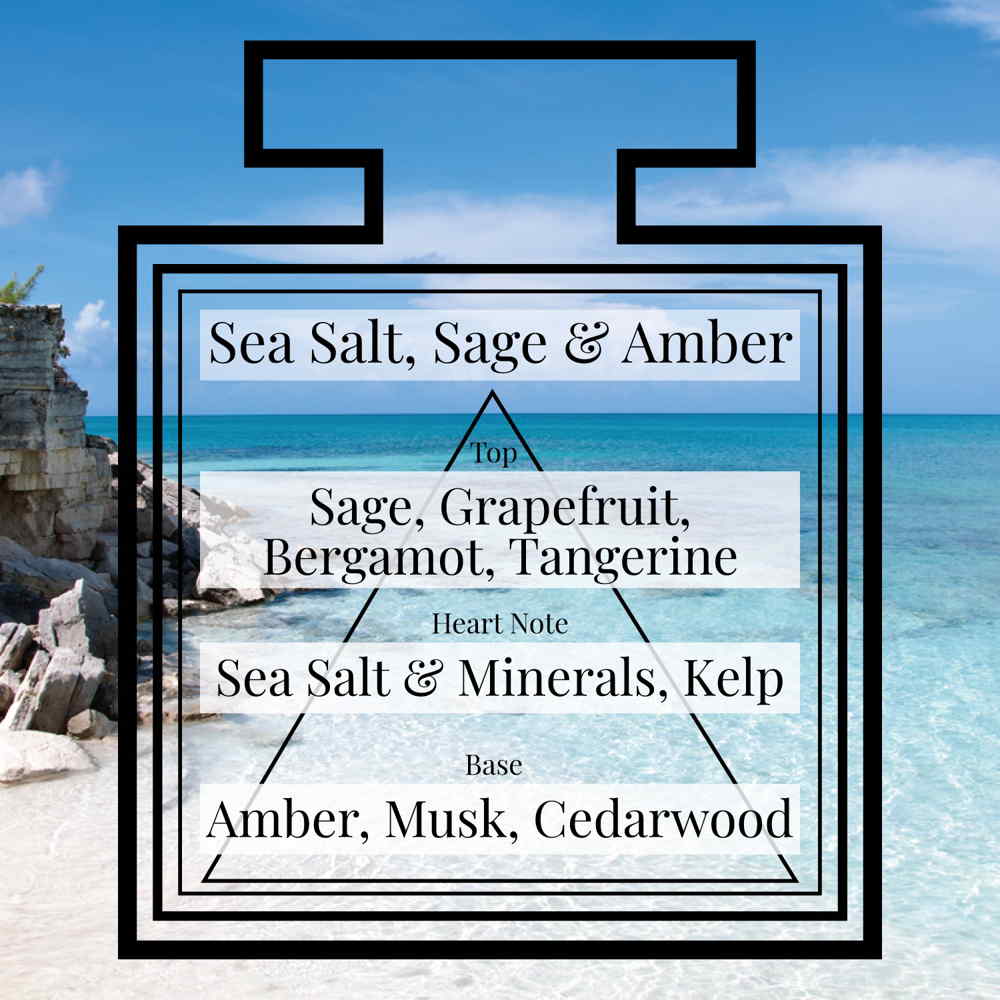
The Ecological Powerhouse: Why Kelp Matters Beyond Perfume
While our focus here is on kelp’s perfumery applications, it’s vital to acknowledge its profound ecological importance. Kelp forests are often referred to as the 'rainforests of the sea' due to their immense biodiversity and critical role in marine ecosystems. These underwater giants provide vital kelp habitats and nurseries for thousands of marine species, including numerous fish species, various invertebrates like sea squirts, and marine mammals such as sea lions and sea otters. The complex structure of kelp forests supports vast food webs, offering shelter and food for juvenile fish, providing crucial protection from predators for many small fish, and supporting populations of larger fish. Entire kelp forests are vital for the health of coastal waters.
Kelp plays a significant role in carbon sequestration, absorbing vast amounts of carbon dioxide from the atmosphere and helping to mitigate climate change. They act as natural coastal defences, reducing wave energy and protecting shorelines from erosion, a crucial service in the face of rising sea levels. Understanding this broader context enriches our appreciation for kelp, seeing it not just as a fragrant raw material but as a fundamental component of our planet's health. The health of kelp beds directly impacts countless species, from tiny crustaceans to large whales. The importance of kelp cannot be overstated.
Understanding Kelp Forest Ecosystems
Kelp forests are intricate ecosystems teeming with life. The kelp plant itself provides the foundation, offering shelter and hunting grounds. Key inhabitants include sea urchins, which can graze heavily on kelp, and their natural predators, sea otters and sea stars, which help keep urchin populations in check. A healthy balance between kelp, sea urchins, and otters is crucial for the stability of these underwater forests. Without a thriving sea otter population, for instance, urchin numbers can explode, leading to the destruction of vast kelp habitats. This delicate balance highlights the interconnection of all species within the kelp forest. The survival of many fish, including juvenile fish, depends on these productive kelp habitats. The decline of kelp forests can have cascading effects on the entire marine food chain, potentially impacting even large predators like the killer whale. Marine science is continually studying these complex interactions within kelp habitats to better protect them.
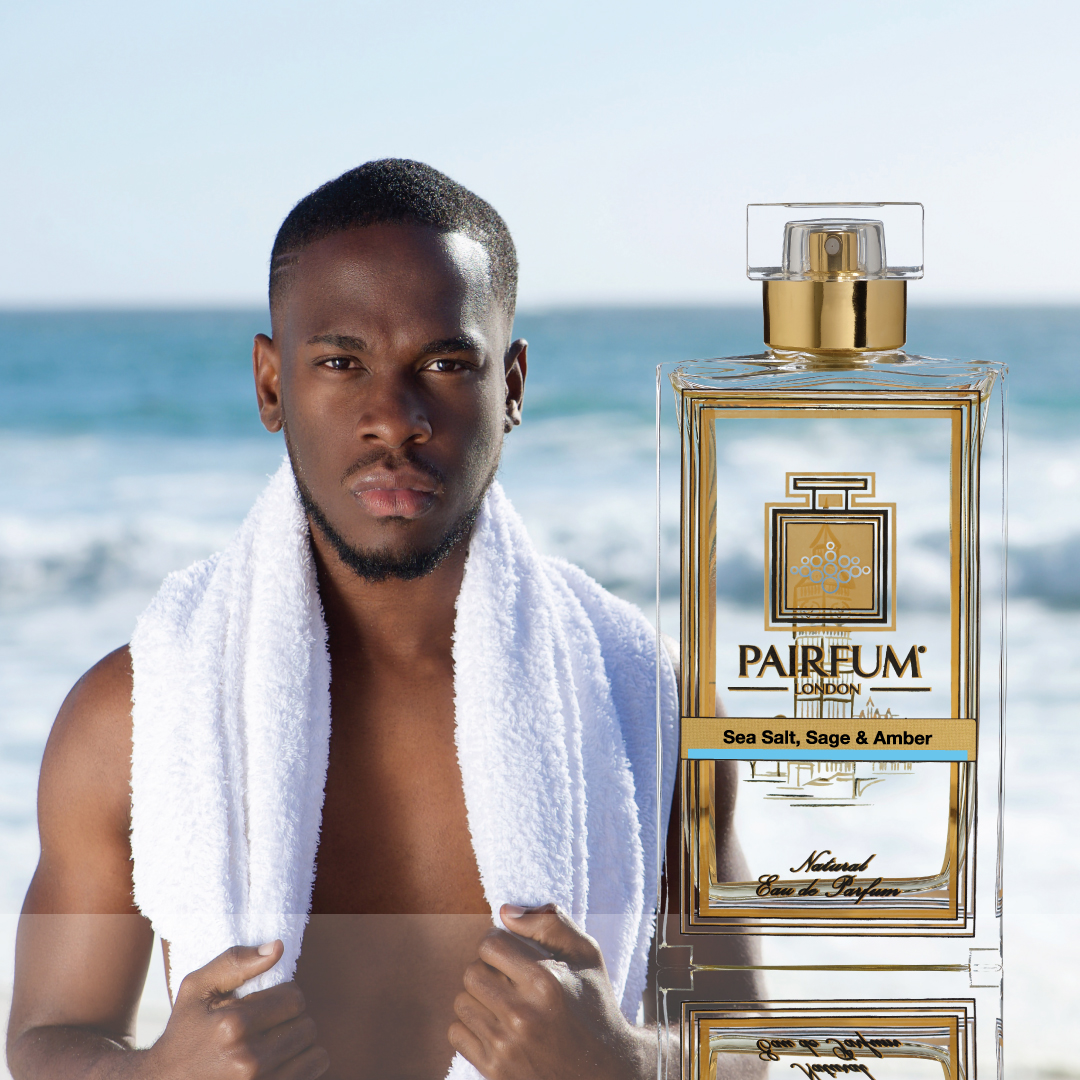
History Of Kelp In Perfumery: From Ancient Rituals to Modern Masterpieces
Kelp’s history in perfumery stretches back to ancient times when civilisations, particularly those with strong coastal connections, discovered its aromatic potential. Ancient Egyptians and Romans, known for their sophisticated use of botanicals, were pioneers in incorporating natural elements into their aromatic creations. They used various forms of seaweed, including types of kelp, not only for its scent but also for ceremonial purposes, believing it contained mystical properties that could purify, heal, and enhance spiritual rituals. This early usage laid the foundation for kelp’s role in perfumery, where it was valued for its intriguing, fresh yet earthy aroma. Some historical records even suggest the use of kelp ash for certain applications.
Transitioning to more contemporary times, perfumers began exploring a broader range of natural ingredients, and kelp became a sensible choice. In the late 19th and early 20th centuries, as the perfume industry evolved and scientific understanding of natural extracts grew, pioneering perfumers sought alternative ingredients that provided unique aromas and lasted longer on the skin. Kelp’s earthy, slightly saline aura caught their attention, and its versatile qualities started appearing in numerous fragrances. This marked a significant shift, as perfumers began to appreciate kelp not just for its cultural significance but for its ability to transform perfume compositions with new and refreshing aromas. The mid 20th century saw a resurgence of interest in natural and marine inspired scents, further cementing kelp's place as a valuable ingredient, particularly with the rise of 'aquatic' fragrance families. The appeal of kelp in perfumery has endured for centuries.
Types Of Kelp Used In Perfume Making: A Spectrum of Oceanic Scents
When it comes to perfumery, not all kelp is created equal. Various kelp species and types have distinct characteristics that profoundly influence the fragrance’s final aroma. Here’s a closer look at the most common types and their perfumery applications:
Brown Kelp (Phaeophyceae):
This broad category includes many of the most commonly used kelps, such as Giant Kelp (Macrocystis pyrifera), which forms extensive kelp forests along the Pacific coast of North America and in other regions. Another notable example is Sugar Kelp (Saccharina latissima), found in colder waters, including parts of the United Kingdom and New Zealand. This type of large brown seaweed is known for its rich, earthy, and often subtly sweet or mushroom like aroma. Brown kelp is frequently employed as a robust base note. It provides a warm, grounding effect, blending exceptionally well with both aquatic and woody aromas. Its depth can evoke the scent of damp earth after a rain shower, a mineral rich seabed, or even a hint of dark chocolate, providing a sophisticated anchor to a fragrance. The distinctive scent of this kelp is highly sought after.
Bull Kelp (Nereocystis luetkeana):
A significant kelp species found along the North American Pacific coast, particularly in areas like British Columbia. Bull kelp, with its long, hollow stipe topped by a single float and numerous blades, contributes a distinctive fresh, green, and slightly briny note. While often processed similarly to other brown kelps, its unique structure and rapid growth rate make it a valuable species for harvesting and studying in marine science.
Laminaria Species:
The genus Laminaria includes important kelp species like Laminaria digitata, sometimes known as oarweed, and Saccharina latissima (sugar kelp), both common in the United Kingdom and other parts of Europe. These kelp species are known for their fresh, clean, and slightly sweet marine notes, making them excellent choices for fresh aquatic or green fragrances.
Winged Kelp (Alaria esculenta):
Another European species of brown seaweed, winged kelp offers a lighter, more delicate marine aroma, often with subtle hints of cucumber or green vegetables. This kelp can be used to add an airy freshness to top and heart notes.
Saccorhiza polyschides:
This is a substantial brown seaweed found in the United Kingdom and along the Atlantic coasts, often referred to as furbelows. Its robust nature and unique chemical profile offer a deeper, more intensely marine scent that can anchor more complex oceanic compositions involving kelp.
Red Algae (Rhodophyta):
While often smaller and less massive than their brown kelp counterparts, certain species of red algae, though not strictly kelp, are highly valued for their unique aromatic contributions in perfumery. This type can add a slightly sweeter, more floral, or even a delicately spicy essence. It is typically used to create the heart notes of a fragrance, enriching the perfume with a delicate and aromatic bouquet. Some perfumers describe its scent as having subtle hints of rose, violet, or a gentle, saline sweetness, adding an intriguing complexity that can bridge marine and floral accords.
Green Algae (Chlorophyta):
Although less common in perfumery than brown kelps, certain green algae species can be selectively used. Lighter and fresher in aroma, green algae bring a crisp, slightly vegetal, and rejuvenating quality. It’s perfect for top notes, adding an invigorating touch that pairs well with citrus, green, and light floral ingredients. This variety often contributes a distinctly 'green' aquatic note, reminiscent of fresh sea spray or newly emerged marine vegetation.
Each type of kelp offers unique possibilities, allowing perfumers to craft distinctive and captivating fragrances. By skilfully combining different kelp species, one can create complex perfumes that capture many facets of the ocean’s embrace, moving beyond a simple 'marine' scent to an intricate olfactory tapestry of coastal life. The choice of kelp species significantly impacts the final fragrance.

The Scent Profile of Kelp: More Than Just ‘Seaweed’
The aroma of kelp in perfumery is far more sophisticated than simply "smelling like seaweed." Its complex olfactive profile can encompass a surprising range of notes, making it a chameleon like ingredient. At its heart, kelp provides a distinct marine accord, which can vary from a fresh, ozonic, and almost metallic quality, reminiscent of sea air after a storm, to a deeper, more briny, and iodine rich character that speaks of deep ocean currents. This is the true essence of sea kelp.
Beyond this foundational oceanic presence, perfumers often detect pronounced earthy nuances, evoking wet soil, mineral rich rocks, or even a damp, ancient kelp forest floor. There are often green facets, bringing to mind lush, damp vegetation or the vibrant freshness of a coastal meadow. Some kelp species even present subtle sweet, musky, or slightly smoky undertones, adding further complexity and warmth. The interplay of these diverse elements creates a truly unique and evocative scent that can transport the wearer to various coastal landscapes, from rugged, windswept cliffs and hidden coves to sun drenched tranquil shores. It's this multifaceted nature that allows kelp to be seamlessly integrated into a wide array of fragrance compositions. The use of kelp extract is key to this depth.
Uses Of Kelp In Fragrance Creation: Orchestrating Oceanic Harmonies
Kelp brings an array of possibilities to fragrance creation, adding unique layers, textures, and a profound sense of natural authenticity. Its diverse aromatic properties allow perfumers to craft perfumes that truly stand out and tell a compelling olfactory story. Here’s how kelp is expertly utilised:
Providing Unique Aromatic Profiles:
Kelp offers notes that are both earthy and refreshing, a duality that is rare in the perfumery palette. This makes it suitable for a wide range of fragrances, from those that evoke the invigorating feeling of a seaside escape to others that are warm, comforting, and deeply grounded. It can act as a crucial bridge between traditional fresh and earthy accords, creating unexpected and harmonious blends that feel both familiar and novel. The distinctive scent of kelp is truly unique.
Enhancing Longevity and Depth (Fixative Qualities):
The intrinsic qualities of kelp extracts, particularly their heavier molecules, contribute significantly to the longevity of a fragrance on the skin. By using kelp as a base note or a fixative, perfumers can create fragrances that linger gracefully, capturing the essence of the sea long after the initial spray. Its fixative properties ensure that other, more volatile top and heart notes unfold smoothly and remain perceptible for extended periods, creating a richer, more enduring experience. Dried kelp can also act as a natural fixative.
Blending with Other Natural Ingredients:
Creating Olfactory Landscapes: Kelp’s versatility truly shines when it’s artfully blended with other natural elements. This fusion can highlight and amplify the floral nature of jasmine, the sparkling citrusy aroma of bergamot, or the creamy, musky undertones of sandalwood, adding unprecedented complexity and balance. It harmonises particularly well with woody notes like vetiver and cedar, creating a grounded yet expansive sensation. It also complements amber and musk, lending a sophisticated marine warmth, and can even add a compelling contrast to spicy or resinous notes, evoking a rich, multi layered coastal environment. The inclusion of kelp provides a truly distinctive character to fragrances.
Extraction Methods For Kelp Essence: Capturing the Ocean's Soul
The process of extracting kelp essence is a delicate art, ensuring that its natural aromas are preserved without compromising quality. The goal is to capture the purest expression of kelp’s scent, a challenge given its complex chemical makeup. Let’s look at the methods used:
Traditional Techniques:
Maceration (Historical Context): Historically, and still occasionally for artisanal perfumers, methods like maceration might be employed. Maceration involves steeping dried or fresh kelp in a solvent (often alcohol or oil) over an extended period, allowing the aromatic compounds to infuse. While time consuming, this gentle method can yield a very authentic and full bodied extract. This approach is cherished for maintaining the nuanced authenticity of kelp’s aromatic profile. The use of kelp seaweed powder in these methods is also notable.
Modern Innovations in Extraction:
Precision and Purity: Advances in technology have introduced cutting edge techniques that allow for greater efficiency, purity, and control over the final extract from kelp.
- CO2 Extraction (Supercritical Fluid Extraction): This is one of the most highly regarded modern methods for botanical extracts. Using carbon dioxide under high pressure and low temperature, this method captures the essence of kelp efficiently and cleanly, preserving the rich, complex bouquet it brings to perfumes without the use of harsh chemical solvents. Supercritical CO2 extraction, in particular, allows for the isolation of specific aromatic compounds, offering perfumers exceptional precision and a truer representation of the kelp’s natural scent.
- Steam Distillation: While less common for the heavier, earthy kelp notes, steam distillation can yield a lighter, more ethereal kelp absolute or essential oil. Steam passes through the kelp, vaporising the volatile aromatic compounds, which are then condensed back into a liquid form. This method is suitable for capturing the fresher, greener nuances of certain kelp species.
- Solvent Extraction: This method uses a volatile solvent (like hexane or ethanol) to wash the aromatic compounds from the kelp, creating a 'concrete' which is then further processed into an 'absolute'. This is a common method for obtaining rich, concentrated extracts from various botanicals, including kelp, providing a comprehensive representation of its aroma. The result is often a concentrated kelp extract.
Sustainability Considerations - Ethical Sourcing and Environmental Stewardship of Kelp
As the demand for natural and responsibly sourced ingredients grows, sustainable practices in harvesting and extracting kelp become paramount. Leading perfumeries and raw material suppliers focus on ecological methods to harvest kelp, ensuring the oceans remain unharmed and their vital kelp habitats thrive. This includes:
- Responsible Wild Harvesting: Collecting kelp from natural kelp beds in a way that ensures regeneration and avoids over exploitation, often involving rotational harvesting and leaving kelp intact. This protects the existing kelp plant.
- Kelp Aquaculture (Farming): Cultivating kelp in controlled marine environments, which not only provides a consistent and renewable source of raw material but also offers additional environmental benefits, such as absorbing excess nutrients and providing local habitats for various marine species. The growth of kelp farming is a positive development for sustainable sourcing.
- Traceability: Ensuring full traceability from the harvesting site to the final extract, allowing perfumers to confirm the ethical and sustainable origins of their kelp.
This commitment to sustainability not only protects marine ecosystems and the vital kelp forest habitats but also contributes to the purity and integrity of the kelp essence, reflecting a broader dedication to environmental responsibility within the luxury fragrance industry. Kelp restoration projects are also crucial for the future of these marine ecosystems.
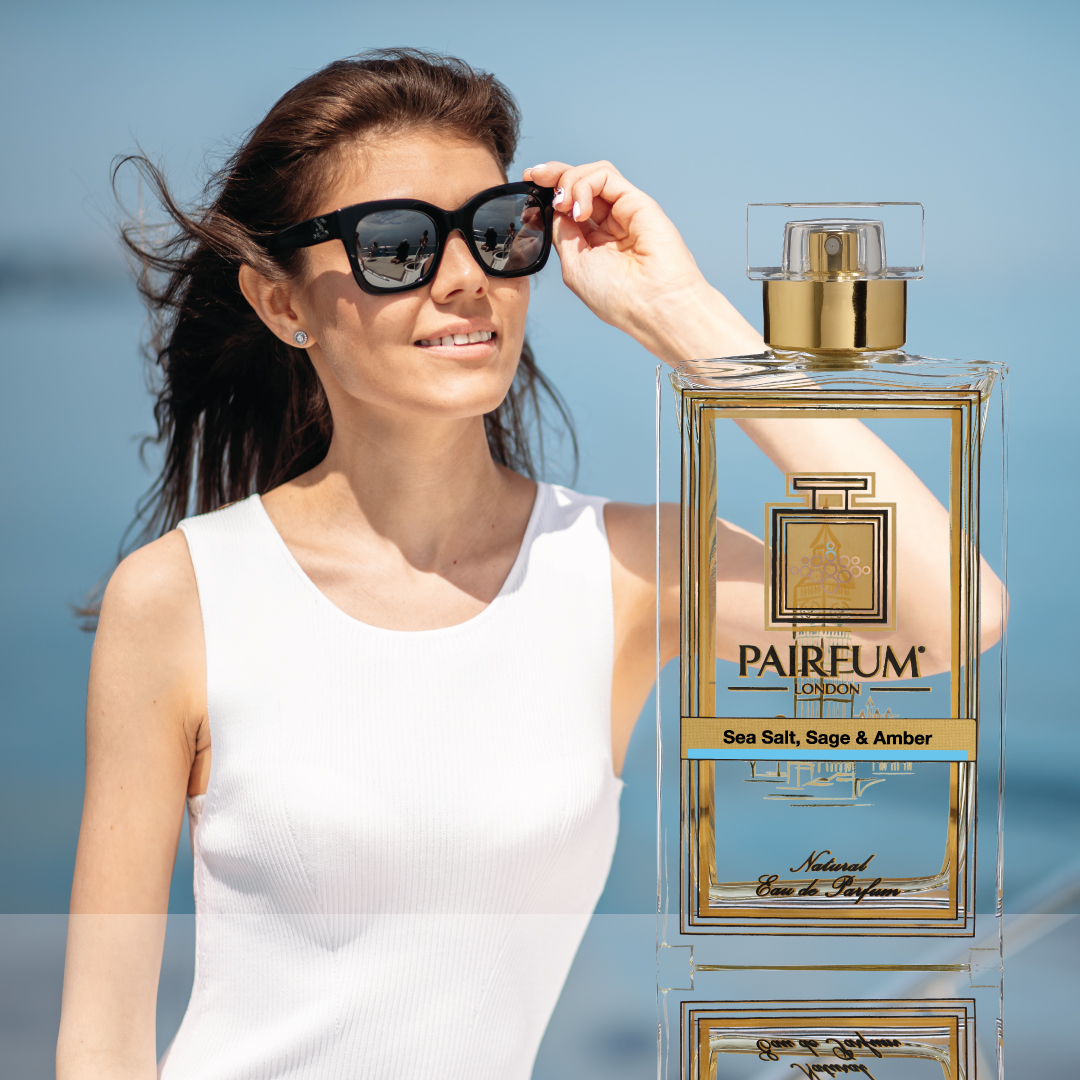
Kelp and the Food Industry: A Complementary Use
Beyond its applications in perfumery, kelp has a significant role in the food industry. Various kelp species are consumed as seaweed, particularly in Asian cuisines. Dried kelp, for example, is a staple ingredient in many dishes, prized for its unique flavour and nutritional content. Kelp supplements are also popular, capitalising on its rich mineral profile. While the aromatic extracts for perfumes are distinct from kelp used for seafood, this broader appreciation for kelp highlights its versatility and the widespread recognition of its benefits. The demand for kelp in various sectors underlines its importance.
Pairing Kelp in Fragrance Accords: Crafting Olfactory Narratives
Kelp’s unique and multifaceted aromatic profile makes it an incredibly intriguing and versatile component in various fragrance accords. When artfully combined with other notes, it can evoke distinct olfactory landscapes and create compelling narratives:
Aquatic Accords:
The Heart of the Ocean: Kelp naturally enhances aquatic and marine fragrances, deepening the impression of the ocean itself. It pairs beautifully with notes like crisp sea salt, invigorating ozone, fresh watery accords, and even a hint of mineral notes, creating a truly immersive and authentic oceanic experience that goes beyond simple freshness. The essence of kelp is fundamental here.
Fougère Accords:
A Modern Green Twist: In contemporary fougère compositions, kelp can introduce an unexpected yet harmonious twist. Its earthy and green facets can complement classic fougère elements such as aromatic lavender, creamy coumarin, and damp oakmoss, adding a modern, natural, and slightly untamed edge that evokes a verdant coastal landscape. The robust character of kelp enriches these blends.
Chypre Accords:
Sophistication with a Saline Edge: For chypre fragrances, kelp can provide an intriguing counterpoint to traditional bright bergamot, rich labdanum, and earthy oakmoss. Its slightly salty or mineral notes can add a contemporary, unconventional dimension, lending a subtle marine sophistication that updates this classic structure. The use of kelp adds a distinct character.
Woody Accords:
Rooted in Coastal Forests: Kelp's inherent earthiness and subtle dampness make it a natural partner for a wide range of woody notes, including dry cedarwood, creamy sandalwood, pungent vetiver, and smoky guaiac wood. It can add a sense of damp, ancient kelp forest floor, or a rugged, driftwood like woodiness that is both grounding and expansive, evoking a dense woodland bordering the sea. The integration of kelp here is seamless.
Floral Accords:
Unexpected Depth and Freshness: While less intuitive, kelp can lend surprising depth and a unique freshness to floral compositions. Paired with white florals like jasmine or tuberose, it can provide a green, almost dewy backdrop, making the flowers feel as if they are blooming by the sea. With more robust florals like rose or ylang ylang, it can introduce a subtle saline quality that adds complexity and modernity. This is the true versatility of kelp.
Iconic Perfumes Featuring Kelp: Signature Scents of the Sea
Some perfumes have become signatures thanks to the unique presence of kelp. Let’s explore a few notable creations:
Oceanic Serenity: Known for its calming aura, this fragrance blends green kelp with notes of lavender and cedar, creating a scent reminiscent of a gentle coastal breeze.
Earl’s Island: A bolder creation, it combines brown kelp with vetiver and patchouli, offering a deep, earthy aroma that captures the rugged essence of a rocky shore.
These enchanting perfumes showcase how kelp, when expertly employed, can transform an ordinary aroma into something truly unforgettable. Perfumers often regard kelp as a touch of the ocean captured in a bottle, broadening the horizons of fragrance creation.
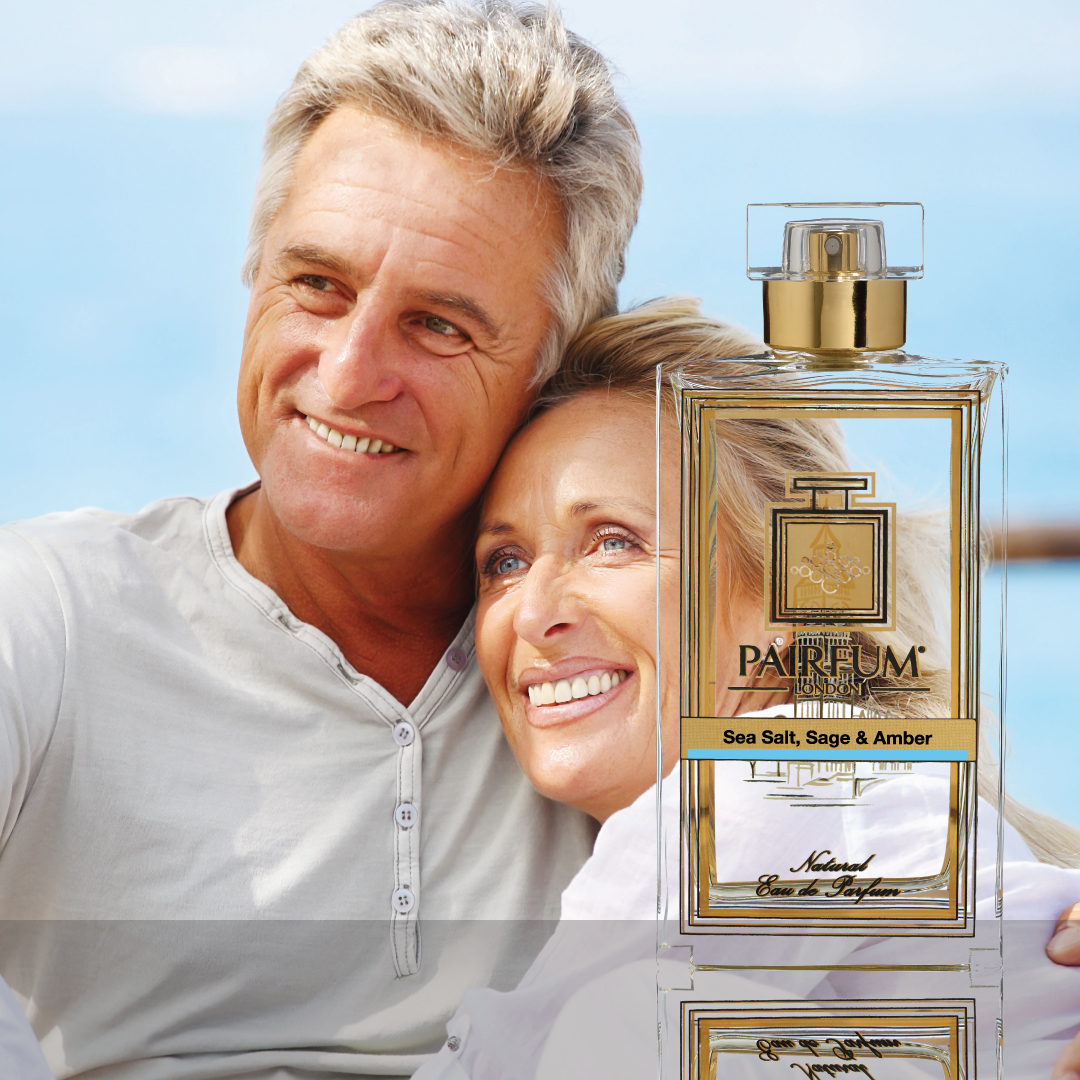
The Future of Kelp in Perfumery: Sustainable Innovation and Olfactory Exploration
As the perfumery industry continues its relentless pursuit of innovation, uniqueness, and, crucially, sustainability, the role of kelp is set to expand significantly. We are likely to see increased research into new, even more precise extraction methods that can unlock hitherto undiscovered facets of its complex aroma, allowing for even greater nuance in fragrance composition. The growing global awareness of marine biodiversity and the critical importance of healthy ocean ecosystems will undoubtedly lead to a greater appreciation for kelp’s diverse potential, not only as a sustainable raw material but also as an ingredient that tells a compelling environmental story. Groups like the Kelp Forest Alliance are advocating for greater protection and kelp restoration of kelp forests globally.
We can anticipate more fragrances that highlight specific kelp species, perhaps even single note kelp scents that showcase its unadulterated beauty, or innovative combinations that explore its multifaceted character in new and unexpected ways. The trend towards natural, ethically sourced, and transparently produced ingredients further solidifies kelp’s prominence in fine fragrance. Its ability to evoke a sense of connection to nature, combined with its unique aromatic versatility, ensures that kelp will continue to be a cherished and evolving ingredient in the art of perfumery, offering endless possibilities for olfactory exploration and inspiration. The future for kelp in fragrance looks bright.
A Scent that Captures the Ocean's Soul with Pairfum London
For those drawn to the untamed beauty of the sea, Sea Salt Sage & Amber Eau de Parfum offers more than a coastal impression—it carries the essence of the ocean itself. A subtle thread of kelp weaves through the composition, lending a green, mineral freshness that anchors the fragrance in the wildness of the shoreline. Paired with the airy salt of sea spray, the herbal clarity of sage, and the warmth of amber, the kelp note brings a quiet depth, like low tide revealing secrets on a rocky shore.
Sea Salt, Sage & Amber – Eau de Parfum by Pairfum London
A wonderfully fresh, sophisticated fragrance where Sage & Grapefruit are enriched by hints of fresh Bergamot and Tangerine top notes. The invigorating heart is enlivened with nuances of Seaweed, a fresh Sea breeze, Sea Salt and Kelp, all of which becomes smooth with a soft base of Musk, Amber and Cedarwood.
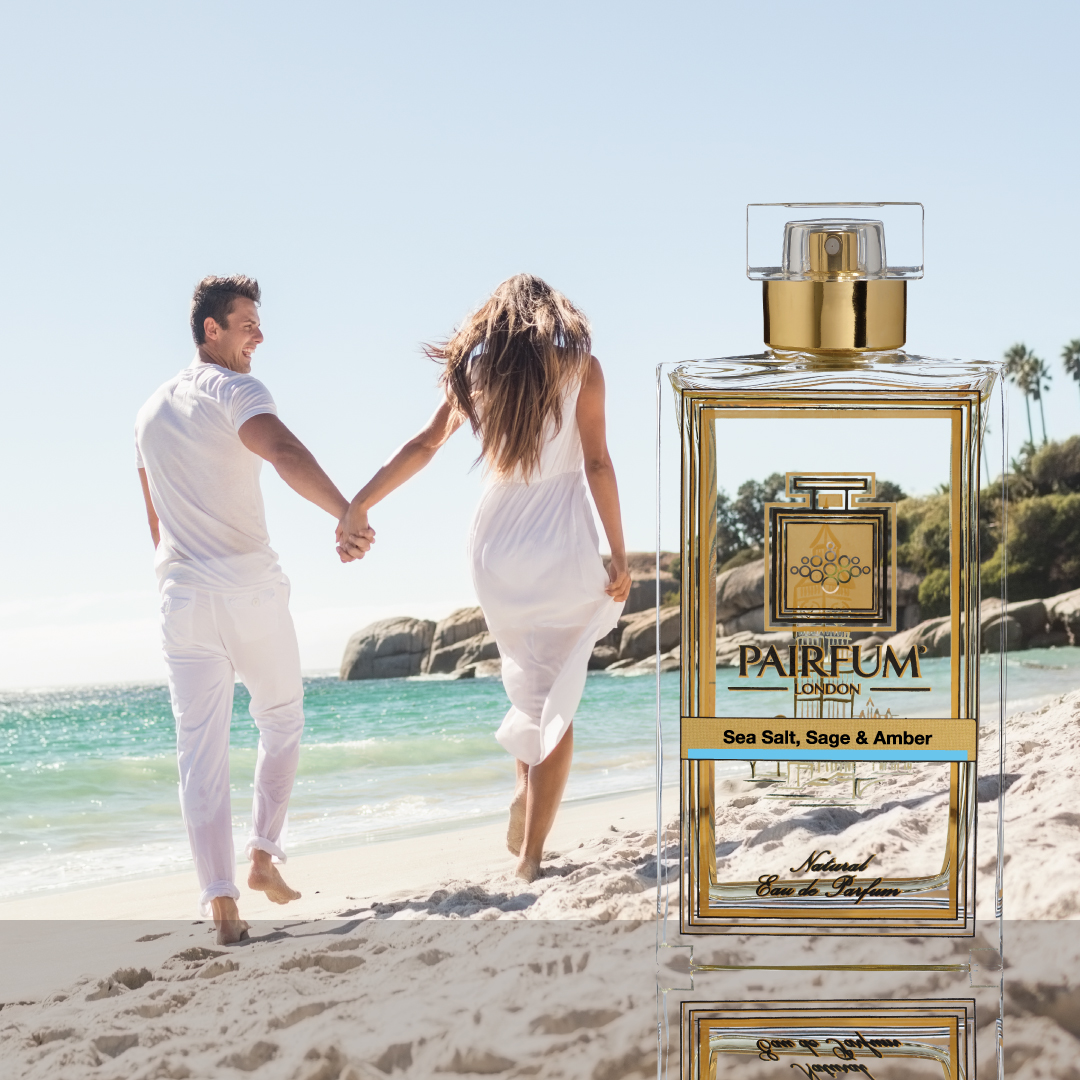
Unveil The Sea’s Essence In Your Fragrance Collection
With its rich history, profound ecological significance, and multifaceted applications, kelp adds an unparalleled layer of complexity and intrigue to fragrances. Whether you’re drawn to its ancient traditions and mystical associations or its modern adaptations in cutting edge perfumery, kelp provides endless inspiration. By embracing kelp, perfumers can enhance their creations, crafting aromatic experiences that are both unique, memorable, and deeply connected to the natural world.
The allure of the ocean, beautifully captured and expressed through kelp, continues to invite us to explore new olfactory possibilities. As you discover the intricacies of kelp derived fragrances, consider how this remarkable seaweed, a true marine marvel, can bring a refreshing and sophisticated twist to your personal fragrance collection, immersing you in the ocean’s boundless wonder and its vital, life giving essence. Explore the depths of kelp inspired perfumes and experience the magic it brings to the art of perfumery.
https://www.pairfum.com/kelp-in-perfumery/?fsp_sid=7646
#ARTISANPERFUMERSOFLONDON #FRAGRANCE #INSTAPERFUME #KELPPERFUME #KELPFRAGRANCE #KELPPERFUME #KELPSCENT #LONDON #LOVE #NATURAL #NATURALFRAGRANCE #NICHE #PERFUME #PERFUMELOVERS #SCENT
Comments
Post a Comment